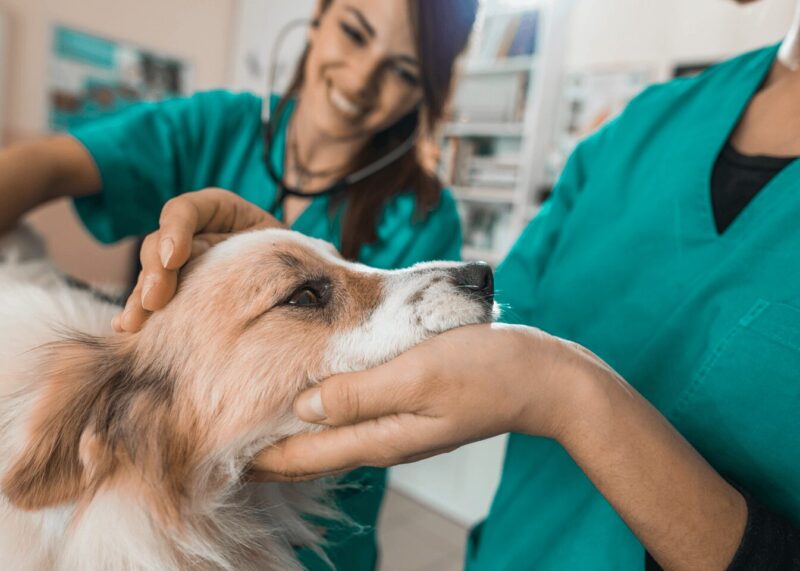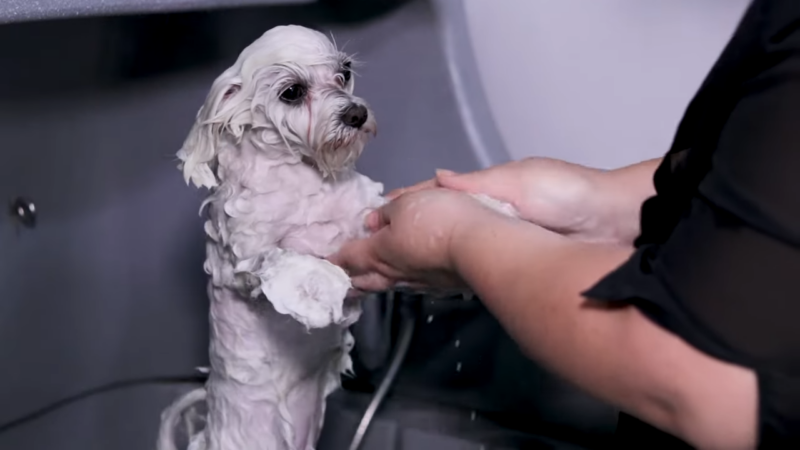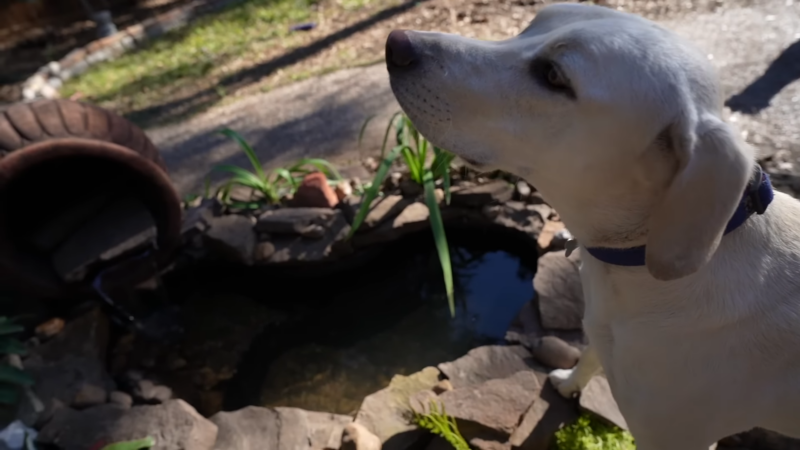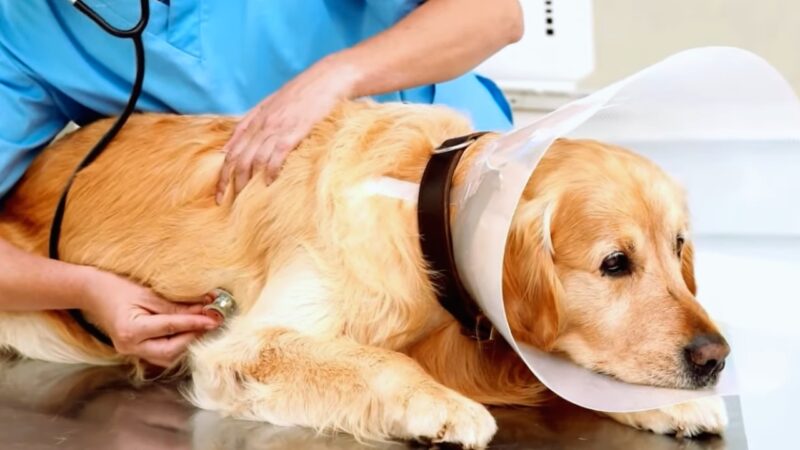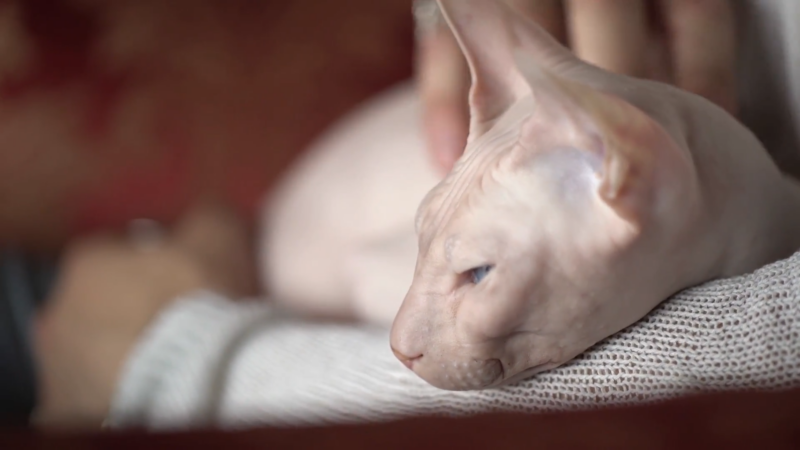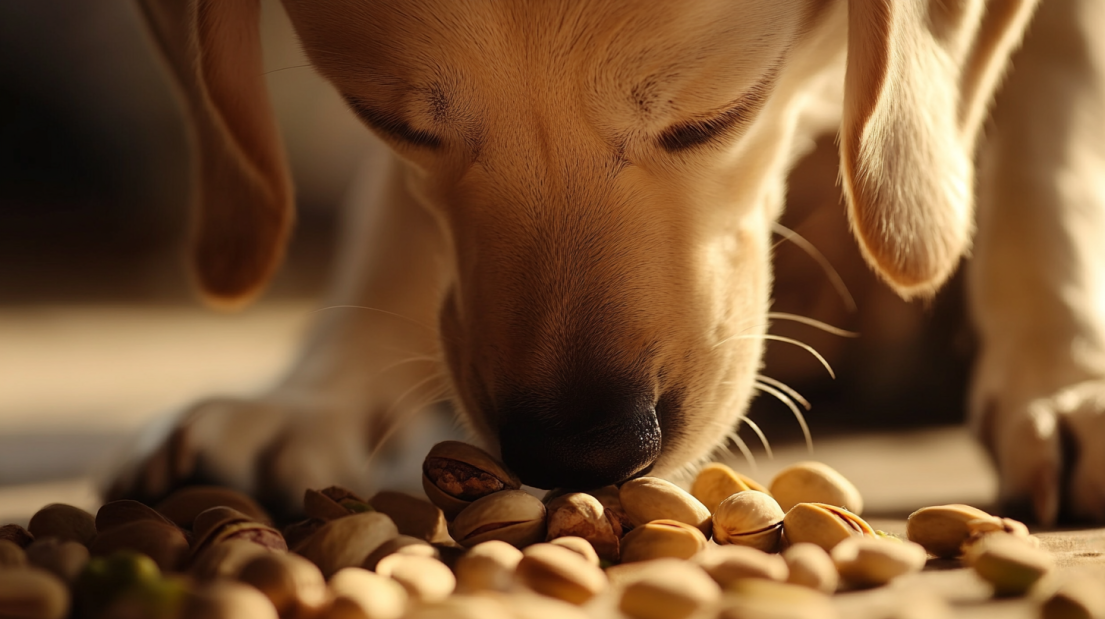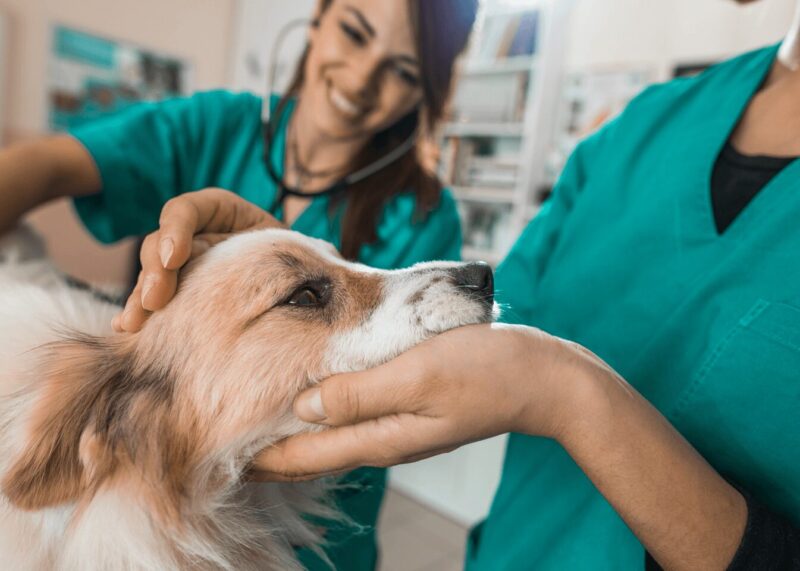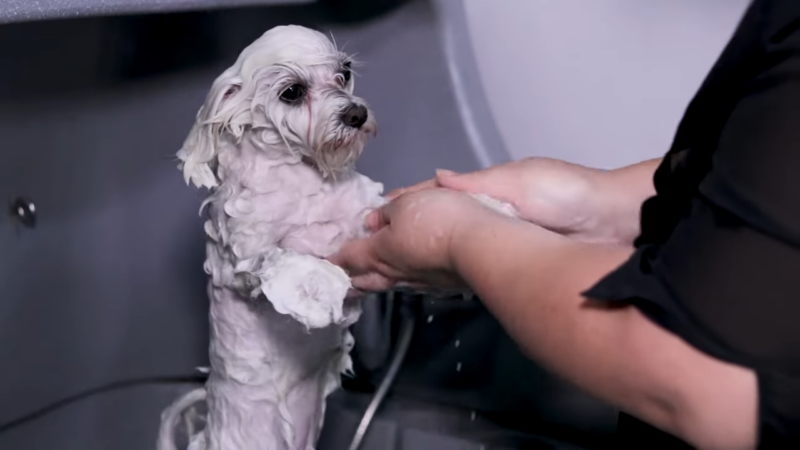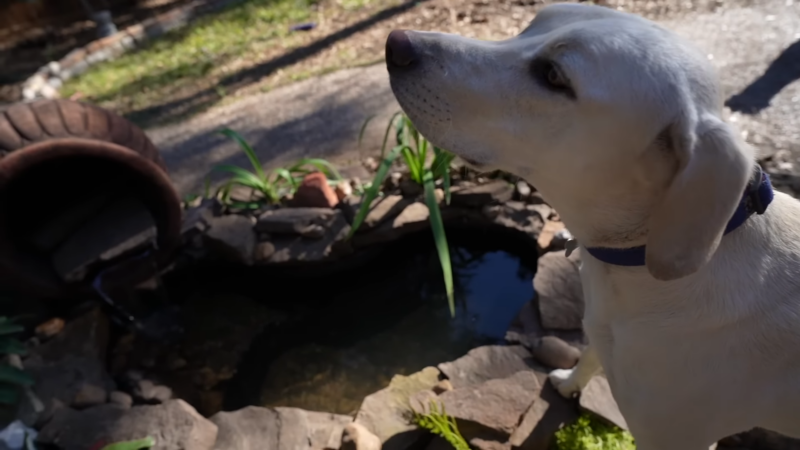
-
Milan
- Published:
- Updated: March 13, 2024
- Category: Pet Health and Care
Share Post:
Being crepuscular and super active, hamsters are prone to injuries if you let them loose in your house. As tiny beings, they do not get injured if they fall from small heights. However, there can be many moments when a hamster may slip from one’s hand in case they try to run away if not carried properly.
One such recent incident happened to me when my colleague tried to introduce his hands to my furry little friend. Having no prior experience of holding a hamster, he scooped him too tightly which made Alex uncomfortable and he tried to jump off in defence making a rough landing on the wooden floor.
What to Do if You Drop Your Hamster?
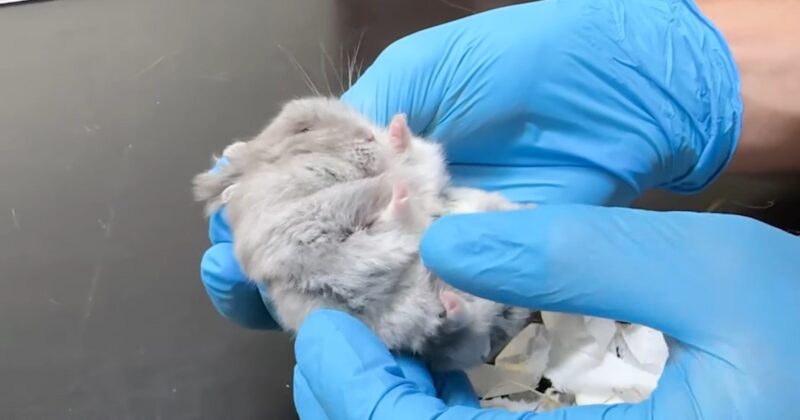
Are you worried about your hamster’s wellness? Let me narrow down this issue by stating the different scenarios in which they can fall, what is to be done if they are injured and everything else to ensure your hammy is fine.
- To check upon how serious the injury is caused to your pet– What you have to do will rely upon how truly they were harmed. A hamster dropped from a few feet onto a hard surface or floor can endure broken bones and genuine inward wounds. In such a case, if your vet prompts you, having it euthanized is the most sympathetic activity. On the off chance that it is seeping from its mouth or having seizures, it is most likely not going to endure, yet if it simply broke a toe or leg, the veterinarian might have the option to support it.
- Take your hamster to the doctor – in case you feel it is genuinely harmed from a fall or other reason, take it to the vet to be checked. Try not to let the little creature endure—it might well be euthanized, however, this is the best activity to do in case it is gravely harmed. Have a decent vet’s contact accessible before you ever need one and don’t hold up until the last moment to discover a vet or it might be past the point of no return.
- Minimize handling– Abstain from taking care of a harmed hamster except if it is essential. In the event, that you have to get it to go to the vet, wear thick gloves so it won’t chomp (you may unintentionally drop it once more!). Transport them to the vet in a secured cardboard box to be on a safer side for its safety.
- Addressing minor injuries of your hamster– in case your pet hamster is harmed or in torment, it might quit eating; if this occurs, you will need to visit the vet to get it checked and get torment medication (this regularly occurs on the off chance that it has a messed up rib). With torment prescription and feeding, it can endure on the off chance that you give it a great deal of mind and invest additional energy with it. Get some information about how to hand-feed a harmed hamster and what things to keep in mind while doing so. Ideally, the injury won’t be as genuine as you might suspect.
Surviving a Fall
Being small in size, they have the advantage of not getting hurt easily as smaller things tend to hit the floor with a lower terminal velocity than items that are bigger and heavier.
However, falling from much greater heights could lead to fatal injuries and the above-mentioned steps can be taken to make sure that they are completely safe.
Scenarios Wherein Hamsters Can Injure Themselves
Being climbers and risk-takers, they tend to use the theory of fight or flight and try to escape by jumping whenever they feel too bare in an unsafe situation. In addition to this, they have poor eyesight and are unable to judge heights which the situation worse.
Mostly they land on their feet so there could be no serious injuries but there can be instances when they land on sharp or hard objects or fall on their back then they could get severe injuries. Nevertheless, after a fall, there are chances that they may freeze because of what just happened to them.
Give your tiny rodent some time to digest. Do not try to pick it up and cuddle straight after the shock. It is important to observe their behaviour in the first 5-10 min after they fall to decide what is to be done next. In case they happen to move around happily and freely, pick them up, cuddle them and make them feel safe and secure once again.
Place them in their cage or play with them to make their mood lighter. On the contrary, if they happen to squeak or show symptoms like limping or bleeding it is important to immediately take them to a vet.
There are also chances that they may start showing symptoms after a span of maybe 3-4 hours or even 10-12 hours. Hence, do not leave your hammy unattended. Engage with them, and serve them for about 24 hours to ensure that they are completely fine.
From my own experience, I cannot emphasize enough the importance of keeping an eye on them after a fall as leaving your little one unattended may cause more pain and issues to your tiny rodent. Therefore, supervision becomes a necessity to prevent them from getting hurt.
Signs To Understand If Your Hamster Is Injured
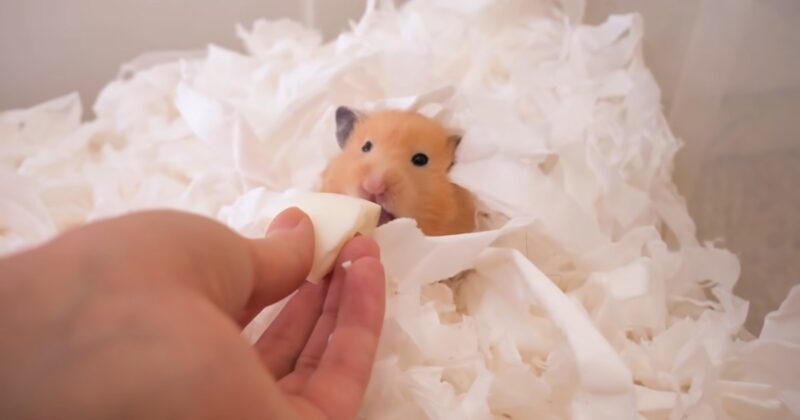
There are many signs and indications that you may observe in your Pet’s physical capabilities or behaviour. These include:
- Anorexia– if your pet hamster has little or no food or water it may be suffering from anorexia. If the anorexia originates from teeth, mouth or cheek pouch, your hamster is going to have saliva drooling down its mouth.
- Bleeding– like us, humans even hamsters get cuts and bruises from any sharp objects so we need to take care and notice so that they don’t hurt themselves again.
- Swelling– Growing underneath the skin that seems raised and red. These abscesses can be delicate to the touch or hard if the boil is enduring. Once in a while, there can be a release that will make the hamster’s jacket wet or tangled. A canker directly underneath the skin is anything but difficult to see however inner abscesses are hard to recognize. Related ailments brought about by a hamster boil can incorporate anorexia, respiratory issues, or agonizing stomach issues.
- Limping- Hamsters are generally really resilient. You’re not so much going to see a wrecked bone all the time, yet when it occurs, it tends to be startling for you and your little person. Broken legs aren’t as large of a worry with bigger creatures since vets can without much of a stretch wrap and brace huge appendages. Hamsters’ appendages are very little, be that as it may, which can make the treatment procedure increasingly troublesome. Generally, a wrecked appendage is treated by allowing the hamster to hamster and settle down with the goal that their body can mend all alone.
- Breathing – In case your pet hamster is coughing, wheezing, sniffling, has rhinorrhoea or eyes, or is experiencing issues in breathing, at that point it may be suffering from a respiratory issue. These infections need veterinary treatment as quickly as time permits, as they can hinder your pet’s capacity to breathe.
- Sudden aggression– Abrupt animosity can be related to a hamster being in torment or debilitated, so a vet visit may be all together on the off chance that anything to preclude that chance.
Common Illnesses That Your Hamster May Face
The following are some common illnesses that your little ham may face:
- Wet tail: if you happen to find your hamster’s tail wet continually, it means he might be suffering from a common disease known as the wet tail. Wet tail is a serious disease that needs to be treated professionally. Consider visiting your regular vet and seek treatment for the same.
- Mites: A situation in which your hamster starts losing an excessive amount of hair leading to patches of missing hair on the body. It is important to groom your hamster and maintain cleanliness around their cage and surroundings to avoid such diseases.
- Constipation: Hamsters may suffer from constipation in case of intestinal blockage or due to the presence of tapeworms and other parasites in their intestine. It may cause your hamster excess pain in the abdomen.
You can diagnose it by observing your hammy’s faeces. If they appear to be hard try to consider visiting a vet.
How To Prevent Hamster Injuries?
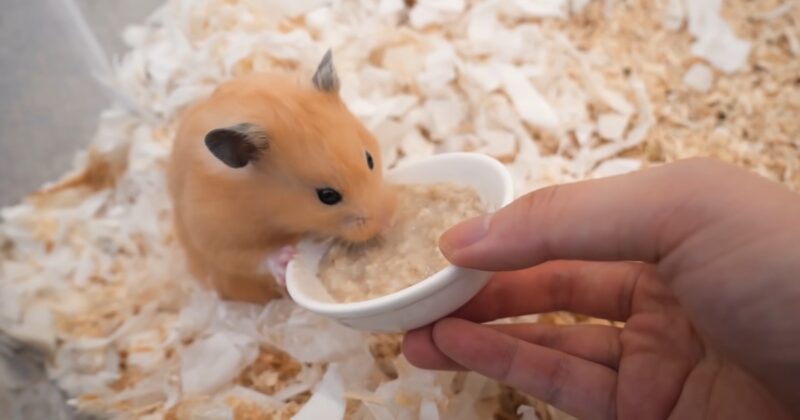
All of us know that Prevention is better than Cure, right? Well, This principle is unanimously applicable to our little hams too! You must prevent hamster injuries, keeping in mind the following considerations:
- Handle with care– have at most care when taking care of a hamster with the goal that it doesn’t endure a terrible fall. They wriggle, and an energized or frightened hamster can bite you, making you drop it. In case you’re going to hold them, plunk them down on the floor or a bed; it won’t endure as terrible a physical issue if they fall onto a delicate surface like a bed.
- Provide adequate housing– Hamsters, particularly predominate hamsters, can traverse openings you could never figure they would have the option to. If they are kept in wire confinement, the wires must be close enough together with the goal that they can’t escape between them.
- Prevent cage injuries– in case you have an entryway that drops down on the confine, ensure you fix it so it can’t hammer down on an inquisitive hamster. Introduce a spring or a bent bar to keep the entryway from shutting too rapidly.
- Use a safe exercise wheel– hamsters don’t need to experience a broken leg due to a fall, they can harm themselves running on their activity wheel. A while ago when wire wheels were in like manner use, hamsters frequently harmed their legs and toes and experienced injuries getting limits in the wires of the wheels. Be that as it may, with the new strong exercise wheels, they endure far fewer wounds. Likewise, the new exercise wheels are significantly calmer.
- Supervise children– A youngster ought to consistently be directed while handling little pets. When holding a hamster, the kid ought to consistently be on the floor or a bed; show them how to be delicate.
Conclusion:
Now that we have discussed everything to ensure a safe, secure, and comfortable environment for your tiny rodent, consider ways in which you can make them happy and enrich their environment. Keep a regular check on your hammy and provide them with the best.
In case you have just started your journey as a hamster parent and are not confident enough about holding them, then consider keeping a soft pillow over the landing area. You may also hold them while sitting in bed so that they do not harm themselves even if they jump.
Just remember not to panic and everything will be good. You may squeeze your little one too tightly if you panic which might scare them away Gradually with time, you learn how to cup your hammy and then you will be good to go. Enjoy your journey with your tiny rodent!

